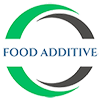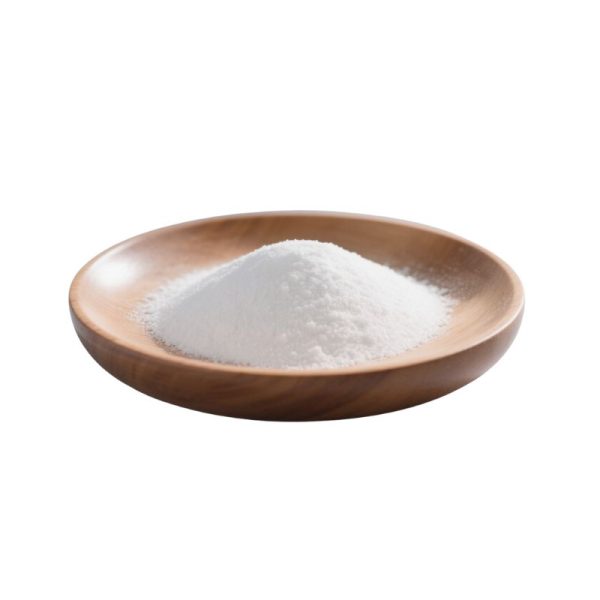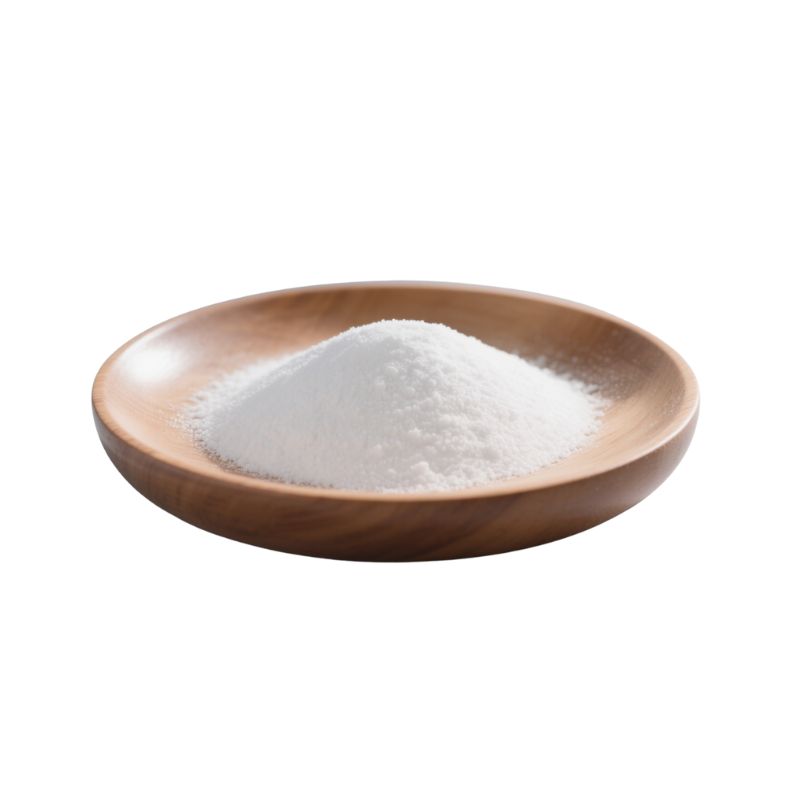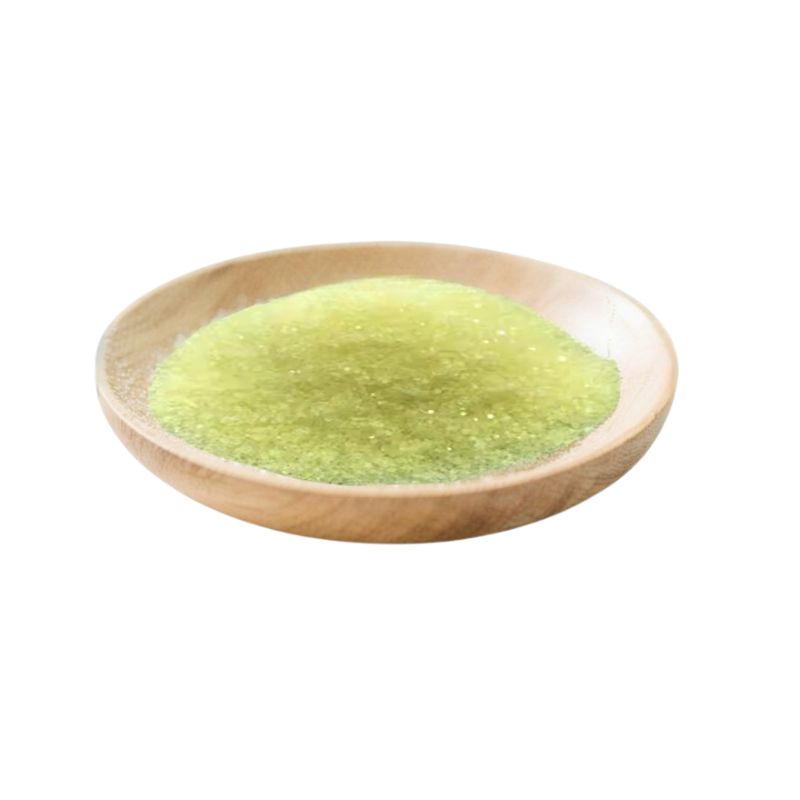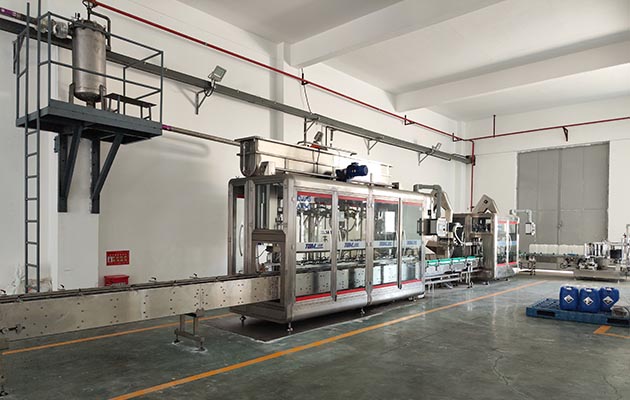-
Liutang Town Industrial Park, Liucheng County, Guangxi
Food-Grade Sodium Tripolyphosphate (STPP-96FG) | Revolutionary Seafood Preservation Solution
Manufactured in Guangxi, China | 12 Global Food Safety Certifications | Blockchain Traceability
Core Specifications – Precision-Tuned for Industry Needs
| Parameter | Value | Industry Avg. |
|---|---|---|
| Purity (ISO 5553) | ≥96.0% | ≤94% |
| P₂O₅ Content | 57.0±0.3% | ±0.5% variance |
| pH (1% Solution) | 9.5±0.2 | ±0.5 |
| Heavy Metals (ppm) | Pb<0.3, As<0.2 | Pb≤3 (GB Standard) |
| Water Insolubles | ≤0.05% | ≤0.1% |
(Formula: Na₅P₃O₁₀ | CAS: 7758-29-4 | EINECS: 231-838-7)
Breakthrough Seafood Preservation Technology
Cryoprotection for Frozen Shrimp
Formula:
0.2% STPP-96FG + 3% Trehalose + 0.05% CaCl₂
Process:
Vacuum Tumbling (0.08MPa, 10min) → Gradient Cooling (-5℃/h)
Results:
- Weight Gain: 8.5±0.3% (vs. ≤6% Standard)
- Thaw Loss: <3% (Traditional: ≥8%)
- Microcrystalline Ice (>95% <50μm)
Texture Enhancement for Squid Rings
Tri-Phase Penetration Tech:
- 3% STPP in 4°C seawater solution
- Ultrasonic-assisted infusion (40kHz, 20min)
- Collagen cross-linking activation
➤ 40% Elasticity Improvement | Cooking Shrinkage Reduced to 8%
6 Trust Pillars – Global Compliance Assurance
| Certification | Parameter | STPP-96FG Level |
|---|---|---|
| FDA 21CFR182 | Fluoride Content | ≤8ppm |
| EU EC No 1333/2008 | Polyphosphate Polymerization | n=3.00±0.05 |
| JECFA 268 | Arsenic Speciation | As(III) ND |
| HACCP | Microbiological Control | TPC<500 CFU/g |
| Blockchain Trace | Batch Data Transparency | VeChain ID Tracking |
| $10MM Quality Bond | Shipping/Storage Risks | Lloyd’s Insured |
Multi-Scene Application Guidelines
| Application | Dosage | Mechanism | Synergistic Formula |
|---|---|---|---|
| Frozen Fish Fillet | 0.15-0.3% | Myofibrillar Hydration Activation | +0.01% Sorbitol |
| Canned Ham | 0.2% | Fat Emulsification Stability | +0.1% Sodium Pyrophosphate |
| Baking Fillings | 0.05% | Pectin-Calcium Bridge Blocking | Replaces 50% Dicalcium Phosphate |
| Plant-Based Meat | 0.4% | Pea Protein Solubility +65% | pH Control at 9.2 |
Intelligent Packaging System
Triple-Barrier Protection:
1. **Nano O₂-Blocking Film**: PET-AlOx coating (OTR<0.5 cc/m²·day)
2. **Humidity Control Layer**: Diatomite composite (RH<15%@40°C)
3. **Anti-Caking Tech**:
- Nano-silicon coating (800-1000nm)
- Anti-static treatment (Surface resistivity≤10⁷Ω)
➤ 36-Month Free-Flow Guarantee | Caking Rate<0.5% (Industry Avg.≥8%)
FAQs: Food-Grade Sodium Tripolyphosphate (STPP-96FG)
Q1: Is STPP-96FG compliant with global food safety regulations?
Full Compliance Verified:
- FDA: GRAS listed under 21 CFR 182.1810
- EU: Approved as E451i (EC No 1333/2008)
- China: GB 2760-2014 Category A
- Halal/Kosher: Certificates available (IFANCA/OU)
All batches include third-party SGS reports testing for 28+ contaminants.
Q2: How does STPP prevent ice crystal damage in frozen seafood?
Molecular Mechanism:
- Forms electrostatic complexes with muscle proteins (especially myosin)
- Raises pH to 9.5±0.2 → optimizes ATPase activity for water-binding
- Limits ice crystal growth to <50μm (vs. 100-500μm in untreated samples)
Result: Up to 95% reduction in drip loss during thawing.
Q3: What’s the maximum allowable dosage under international standards?
Precision Dosage Guide:
| Product | US FDA Limit | EU Limit | Optimal Efficacy |
|---|---|---|---|
| Frozen Shrimp | 0.50% | 0.20% | 0.15-0.25% |
| Processed Fish | 0.50% | 0.50% | 0.10-0.30% |
| Canned Meats | 0.50% | 0.50% | 0.20% |
| Note: Always verify regional regulations. Overuse causes a soapy taste at >0.5%. |
Q4: Does STPP alter nutritional profiles or allergen status?
Critical Facts:
- No Protein Denaturation: Preserves amino acid integrity
- Zero Allergens: Free from gluten, dairy, soy, and major allergens
- Phosphate Intake: Adds 0.3g phosphate per 100g shrimp (within WHO daily limit)
- Vegan/Vegetarian: Compatible with plant-based applications
Q5: How is batch consistency ensured?
Quality Control Protocol:
- Raw Material NMR Testing (≥99.3% TSP precursor purity)
- Polymerization Control: Fluidized-bed reactor ±2℃ precision
- 7-Step Sieving: Laser particle sizing (85% granules at 80-120μm)
- HPLC Validation: Polyphosphate chain length distribution (n=3.0±0.05)
Data accessible via blockchain (scan QR on packaging)
Q6: Can STPP-96FG replace other phosphates?
🔄 Replacement Ratios with Benefits:
| Target Phosphate | Replacement Ratio | Advantages |
|---|---|---|
| Sodium Hexametaphosphate | 1:0.8 | Lower usage, higher solubility |
| Pyrophosphate (SPP) | 1:1.2 | Reduced metallic aftertaste |
| Phosphoric Acid | 1:0.75 | Avoid pH over-acidification |
| Tip: For plant-based meats, blend with 0.1% pyrophosphate for synergy. |
Q7: How to avoid caking during tropical shipping?
Humidity Defense System:
- 3-Layer Packaging:
① Inner PET-AlOx film (WVTR<0.05 g/m²/day)
② Diatomite desiccant layer (RH control to 8-12%)
③ Anti-static LDPE outer - Delivery Protocol:
→ Climate-controlled trucks (<25℃ / RH<60%)
→ 72-hour delivery guarantee in Southeast Asia
Q8: What’s the shelf life after opening?
Stability Data (25℃/60% RH):
| Storage Method | Flowability Duration | Purity Retention |
|---|---|---|
| Original sealed drum | 36 months | 96.0% → 95.8% |
| Resealed with/ nitrogen | 18 months | >95.5% |
| Exposed to the air | 8 weeks | Drops to 94.2% |
| Recommendation: Transfer to airtight containers immediately. |
Q9: Are there non-seafood applications?
Innovative Use Cases:
- Bakery: 0.02-0.05% in cake mixes → 20% volume increase
- Dairy Alternatives: Prevents calcium sedimentation in oat milk
- Sauces: Controls syneresis in ketchup (dosage: 0.05-0.1%)
Q10: How to verify product authenticity?
Tri-Authentication System:
- VeChain Blockchain: Scan QR → View batch production logs
- NFC Tag: Tap phone → Access COA with cryptographic signature
- Fluorescent Tracer: UV light reveals hidden security patterns
10 things to note when purchasing products from China
Frequently Asked Questions (FAQ) – Food-Grade Phosphates & Additives
We specialize in high-purity phosphate additives for the food and beverage industry, including: Sodium Tripolyphosphate (STPP) – For meat & seafood moisture retention Phosphoric Acid 85% (Food Grade) – For beverage acidulation & pH control Sodium Hexametaphosphate (SHMP) – For dairy & processed food stabilization Monopotassium Phosphate (MKP) – For nutritional supplements & functional foods
Yes! Our food-grade phosphates comply with: FDA (U.S.), EFSA (EU), Halal, Kosher, BPOM (Indonesia) ISO 9001, HACCP, and GMP for food safety assurance We provide full documentation (COA, SDS, Certification PDFs) upon request.
Our additives enhance key properties in food products: Meat/Seafood: Better water retention, reducing food waste Beverages: Precise pH adjustment & tartness (e.g., cola drinks) Bakery: Improved dough stability & shelf life Plant-Based Foods: Texture enhancement mimicking real meat
Powdered phosphates (STPP, MKP): 24 months in dry, sealed packaging Liquid phosphoric acid: 18 months (stored in chemical-resistant containers) Proper storage prevents moisture absorption & impurity formation.
Absolutely! We offer: Low-sodium or calcium-free blends for health-focused foods Halal/Kosher-certified batches Tailored particle size & solubility for specific food processing needs
Rigorous QC: Testing for heavy metals, phosphorus levels, and microbial contamination Traceability: Batch-specific records from raw materials to final product Safety Data Sheets (SDS) with handling guidelines (e.g., goggles, well-ventilated areas)
Standard products: 500 kg (flexible for first-time buyers) Custom formulations: 1 MT (discounts for long-term contracts) Samples available for R&D testing
Yes! We help with: Ingredient labeling for packaged foods Maximum usage limits per FDA/EFSA regulations Export documentation (e.g., Certificate of Analysis)
